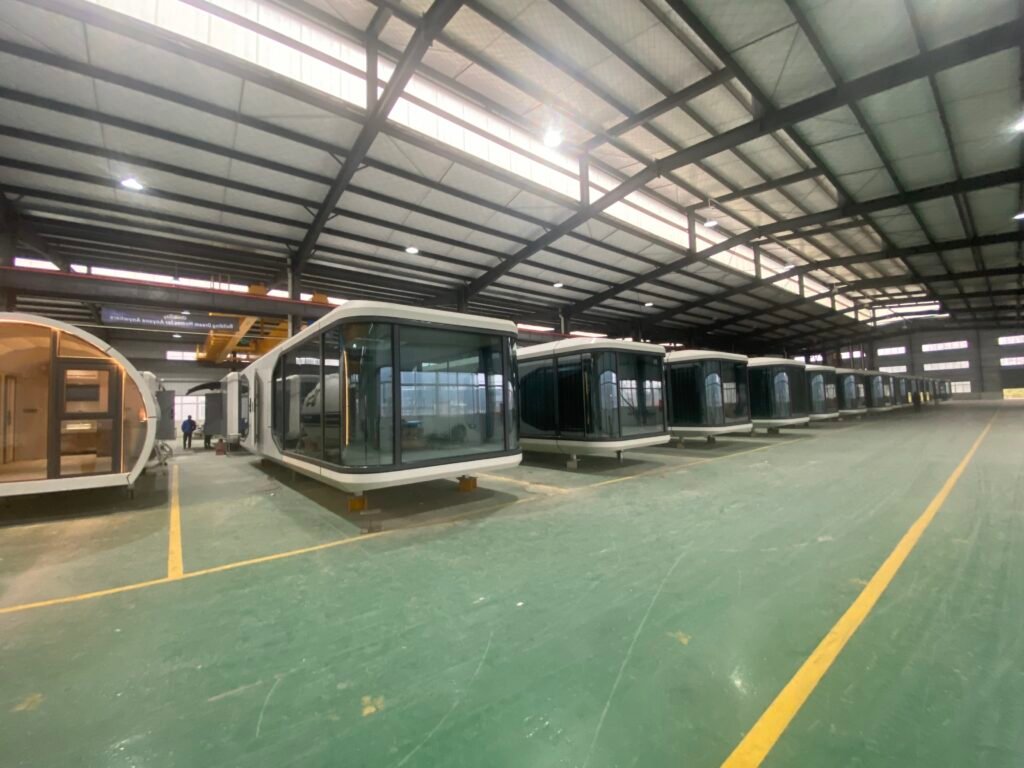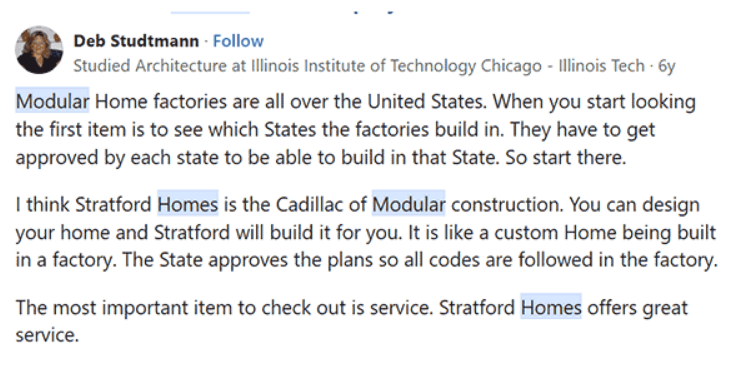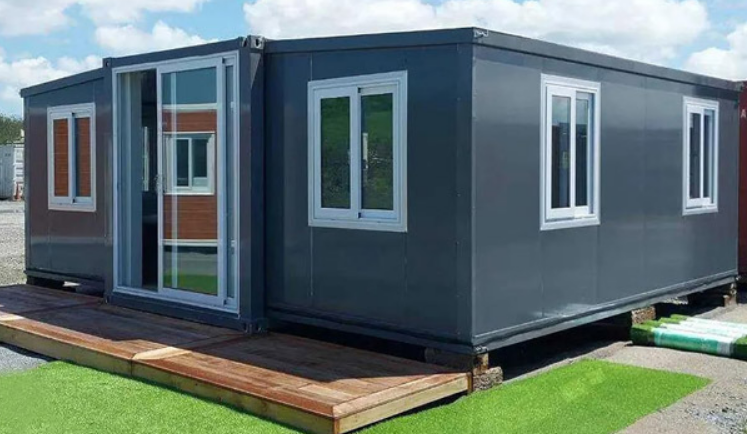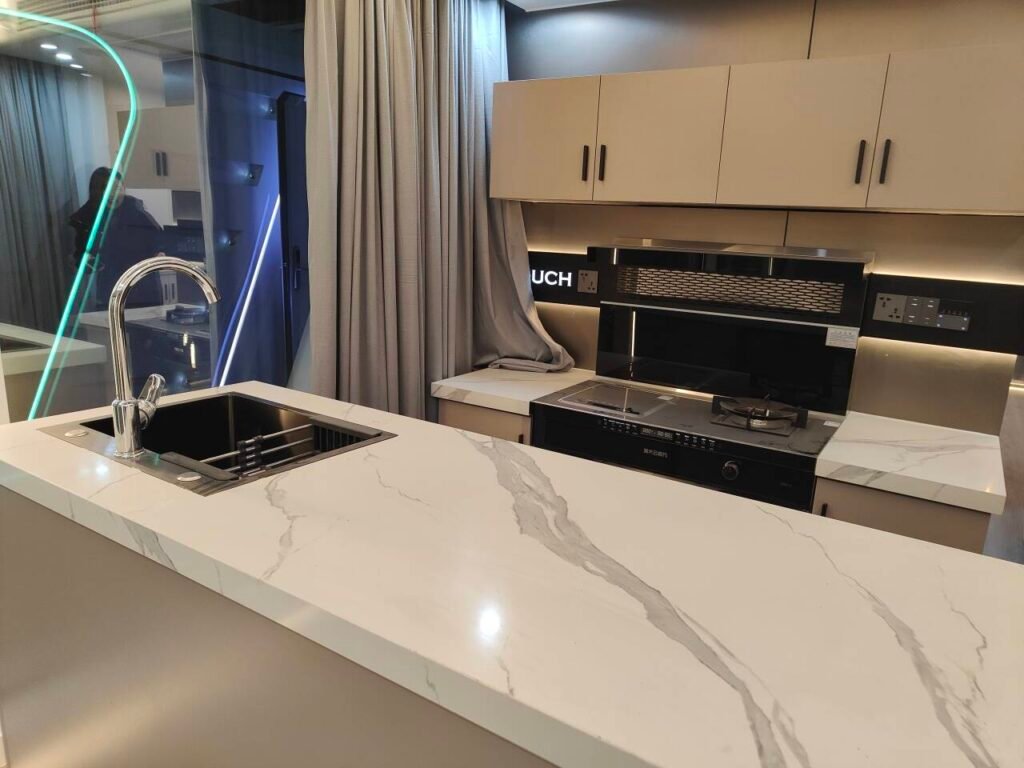Are you worried about finding a safe and flexible home? Of course, traditional homes can be expensive, difficult to move, and time-taken to build. Fortunately, portable homes offer a smart solution. Moreover, they are not only strong but also easy to set up in any location.
Portable homes can be safe when they meet recognized standards and are installed correctly. Verify a compliance label, local permits, proper foundation/anchoring, and basic fire and electrical protections; safety depends on type, site, and build quality.
In this blog, you will learn about the types of portable homes. Also, you will learn how to keep them safe and things to know before making a choice.

1) What Counts as a Portable Home?
A portable home can be transported from one place to another. In fact, they are manufactured in a factory and then transported to their site. However, not all portable homes are the same.
Furthermore, each type has its own unique rules, safety standards, and level of convenience. So here you will learn the main types of portable houses.
i) Manufactured or Mobile Homes
Firstly, these homes are built in a factory under the HUD Code (Housing and Urban Development Code). Then, they are placed on a steel frame and delivered to their location. Moreover, they follow strict national standards for home structure, fire safety, and plumbing. Therefore, you can trust their safety.
ii) Modular Homes
Next, modular homes are made in parts and then joined on site. Rather than mobile homes, they must follow local building codes, just like normal houses. Therefore, they are strong and reliable.
Quora reviewer Deb Stadtman explains that modular homes are built in factories. Moreover, they are located all over the United States. First, each factory must be approved by the state where it builds the homes. This means that all safety regulations are followed.
Furthermore, some companies, like Strafford Homes, let you design your own home while the plan remains legalized. Finally, good service is important because it ensures that your home is safe and strong.

iii) Park Models and Tiny Houses on Wheels
Additionally, park models are less than 400 square feet which is much smaller. Moreover, they look like cottages but are made for temporary living. Similarly, tiny houses on wheels are similar but are much easier to move. Still, both give you freedom but local laws determine where you can live.
iv) Other Factory-Built Units
Finally, container homes, capsule houses, and dome pods also include portable homes. Also, they are modern, creative, and space-saving. But, their safety depends on correct design approval and correct installation.
2) The standards that govern safety
Firstly, there are clear safety rules for portable homes. In fact, these rules cover structures, fire protection, electrical systems, and plumbing. However, these standards are different for each type of house.
So, here you will learn some basic standards that cover safety rules for portable houses.
- Structural Rules: Firstly, the house should be strong. For example, walls and roofs are designed to withstand rain or strong winds. As a result, your house remains safe from damage.
- Fire Rules: Secondly, these houses protect the house from fire. Moreover, special materials are used in windows and doors so that you can get out quickly. Thus you can save your life.
- Electrical Rules: Then, these rules make the electricity safe. For example, the wiring and sockets are well checked. Therefore, there is no risk of fire or shock. Hence, you can protect yourself from electrical shocks.
- Plumbing Rules: Additionally, by following you can make sure that water is clean and safe. Moreover, pipes prevent dirty water from coming in. As a result, you stay healthy.

- Local Rules: Finally, you can add safety checks based on area. For example, the house is made stronger in areas prone to earthquakes or storms. As a result, you stay safer in strong condition.
3) Structural strength and anchoring
First, the house is built strong and well-connected to the ground. For example, the walls, roof, and floors are designed to withstand strong winds, rain, and snow. In addition, the house is strongly fixed so that it does not move from its place even in a storm. As a result, your home remains safe and stable.
4) Fire safety and building systems
As you have learned, how a strong structure keeps your home safe from storms and movement. Now, you will learn how fire safety and building systems protect your home and family from fire hazards.
- Fire-Resistant Materials: First, portable homes use fire-resistant materials. For example, gypsum board, cement board, treated wood, and fire-rated glass are used in walls, ceilings, and doors to slow down fire. As a result you can stay safe and get more time to move out.
- Emergency Exits: Second, emergency exits are ordered by safety laws. Moreover, fire-rated metal doors, tempered glass windows, and aluminum frames are designed to allow you to exit easily and quickly. Thus, you can leave the house faster during a fire.
- Smoke Detectors: Then, it is also important to install smoke detectors. Furthermore, battery-operated or wired smoke alarms in heat-resistant plastic boxes are installed in every room. Hence, you get timely warning and can save your family.

- Electrical Safety: Additionally, the electrical system is carefully checked. For instance, wires are made with copper conductors and fire-resistant PVC insulation, and sockets use heat-proof plastics. Thus, the chances of short circuits or fire become lower
- Firefighting Systems: Finally, some homes are equipped with additional fire protection systems. For example, automatic sprinklers (steel nozzles and heat-sensitive glass bulbs).
Also, fire extinguishers with powder and CO₂ are placed at key points in metal cylinders. As a result, you can control small fires before they spread.
5) Site setup, maintenance and documentation
As you have learned how you can keep your home safe from fire and electrical risks. Moreover, it is also important to prepare the site properly. Next, regular maintenance keeps everything in good condition. Now you will learn how you can keep documents and records organized and can live stress-free.
- Proper Site Setup: Firstly, site preparation is essential before installing a portable house. For example, leveling the land, creating a drainage system for water flow, and providing a strong foundation. As a result, you can keep your house safe and avoid fall or water damage.
- Utility Connections: Secondly, water, electricity, and gas connections must be properly installed. Moreover, pipelines and wiring are installed according to safety codes. As a result, it increases convenience and lowers the chances of accidents.
- Regular Maintenance: Next, regular maintenance of the house is necessary. For example, roof inspection, leak repair, cleaning of plumbing and electrical systems. Hence, your house remains durable and you have no need to expend much expenses.
- Safety Inspections: Then, safety checks are also important. Moreover, checking smoke alarms, fire extinguishers and emergency exits. Thus, you stay stress free in your home.
- Documentation Records: Furthermore, it is also important to keep documents safe. Such as, construction permits, safety certificates, repair and maintenance records. As a result, you can easily fulfill the legal requirements and there is no problem with insurance claims.
- Waste Management: In addition, checking waste management is also important. Moreover, construction waste and daily waste should be safely removed. In this way, you can keep your Environment clean and can lower the risk of diseases.
- Weather Protection: Beside that, it is also important to protect the house from weathers. For example, waterproofing, insulation, and installing secure points during storms. As a result, the house remains strong and safe in all weathers.
- Accessibility Setup: Finally, easy access to the site is also important. Such as clear paths, ramps or stairs so that children, the elderly and people with disabilities can also enter comfortably. This makes the house easy and comfortable for everyone.
Conclusion
In short, portable homes are made with strong materials and proper safety systems. Moreover, proper site setup and regular maintenance make them long-lasting. Additionally, following local laws and regular checks keep you home safe.
Therefore, choosing and maintaining the right home gives you stress free life. Here at Glamni we build high-quality portable homes. So, contact us today for more information or to place an order.


